Mangrove Forest Ecology: Mangrove forests are one of the most unique and valuable ecosystems on Earth. Found in tropical and subtropical regions, these forests thrive at the intersection of land and sea, where saltwater from the ocean meets freshwater from rivers and estuaries. Known for their dense, tangled roots and the incredible biodiversity they support, mangroves play a critical role in maintaining coastal health, protecting shorelines, and providing habitat for countless species. However, despite their ecological significance, mangrove forests are among the most threatened ecosystems in the world due to human activities, climate change, and habitat destruction.
Read More:
| Guided Tours vs. Self-Exploration |
| Medical Facilities in Sundarbans |
| Photography Tips for Sundarban Tours |
| Cultural Experiences in Sundarbans |

This blog delves into the complex and fascinating world of mangrove forest ecology, exploring the biological, ecological, and environmental functions of these forests, the species they support, and the threats they face. We will also discuss ongoing conservation efforts and the importance of preserving these vital ecosystems for future generations.
1. Understanding Mangroves: The Foundation of Coastal Life
Mangroves are a group of trees and shrubs that have adapted to live in saline coastal environments. Unlike most plants, which cannot tolerate high levels of salt, mangroves have developed specialized adaptations to survive in saltwater. There are around 80 species of mangroves worldwide, with the most common families being Rhizophoraceae, Avicenniaceae, and Arecaceae.
Mangrove trees are uniquely equipped to handle the harsh conditions of coastal life. They have specialized root systems, known as prop roots or pneumatophores, that allow them to anchor in soft, unstable soils and take in oxygen in waterlogged environments. Some mangrove species excrete excess salt through their leaves, while others filter salt at the root level.
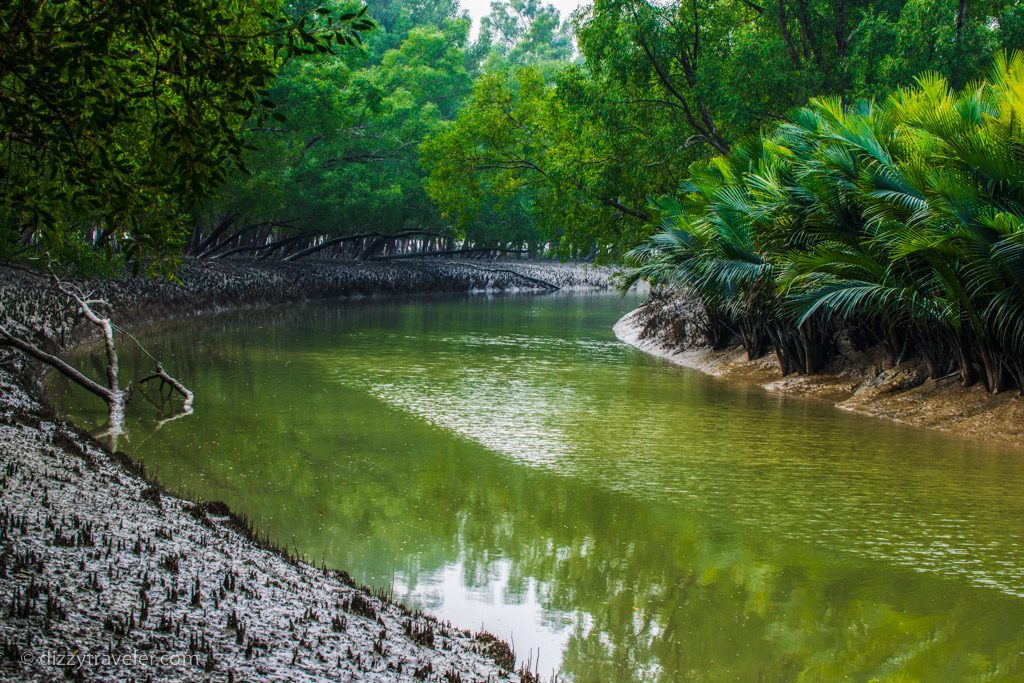
Mangroves typically grow in the intertidal zones of tropical and subtropical coasts, forming dense forests along river mouths, estuaries, and lagoons. These forests thrive in areas where freshwater meets the ocean, where nutrient-rich sediments support a wide range of marine and terrestrial life.
2. Ecological Functions of Mangrove Forests
Mangrove forests provide a wide range of ecological services that are crucial for the health of coastal ecosystems and human communities. These functions include shoreline stabilization, carbon sequestration, nutrient cycling, and the provision of habitats for a wide array of species.
1. Coastal Protection and Shoreline Stabilization
One of the most important roles of mangroves is protecting coastal areas from erosion, storm surges, and tsunamis. The dense network of mangrove roots helps trap sediment and slow the movement of water, reducing wave energy and preventing the shoreline from eroding. This makes mangroves a natural barrier against extreme weather events, such as cyclones and hurricanes, which are becoming more frequent and intense due to climate change.
Mangroves also play a key role in preventing coastal flooding. By acting as a buffer between the land and the sea, they help absorb the impact of high tides and storm surges, protecting both the natural environment and human settlements. This ability to mitigate coastal damage is especially important in regions like Southeast Asia, the Caribbean, and West Africa, where large populations live in low-lying coastal areas.
2. Carbon Sequestration
Mangrove forests are known as “blue carbon” ecosystems because they store large amounts of carbon in their biomass and soils. In fact, mangroves are some of the most efficient carbon sinks in the world, sequestering up to four times more carbon than terrestrial forests. The carbon stored in mangroves comes from both above-ground biomass (the trees themselves) and below-ground biomass (the roots and soil).
This ability to capture and store carbon is critical in the fight against climate change. By absorbing carbon dioxide from the atmosphere, mangroves help reduce the amount of greenhouse gases that contribute to global warming. However, when mangrove forests are destroyed or degraded, the carbon stored in their soils is released back into the atmosphere, contributing to climate change.
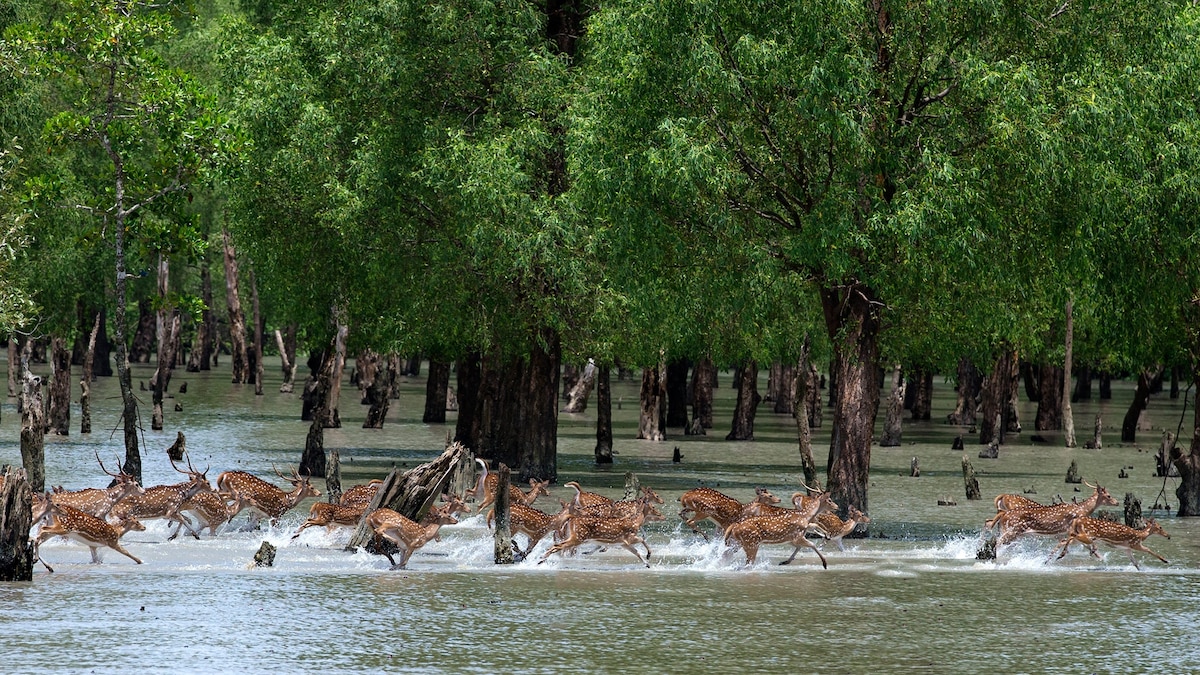
3. Habitat for Biodiversity
Mangrove forests are incredibly biodiverse ecosystems that provide habitat for a wide range of species, including fish, birds, reptiles, amphibians, and invertebrates. These forests are often referred to as “nurseries of the sea” because they provide critical breeding and feeding grounds for many marine species, including commercially important fish and shellfish. The roots of mangrove trees offer shelter from predators and strong currents, making them ideal for juvenile fish and other marine organisms to thrive.
Mangroves are also home to terrestrial species, including mammals, reptiles, and birds. For example, the endangered Bengal tiger is known to inhabit mangrove forests in the Sundarbans region of India and Bangladesh. Additionally, many species of migratory birds rely on mangroves as stopover points during their long journeys.
4. Nutrient Cycling and Water Purification
Mangroves play a key role in nutrient cycling and water purification. Their root systems filter out pollutants and excess nutrients from the water, improving water quality and preventing harmful algal blooms. The organic matter produced by mangroves, such as leaf litter and decomposing roots, contributes to the nutrient-rich sediments that support marine life.
By recycling nutrients and maintaining water quality, mangroves support the productivity of nearby ecosystems, such as coral reefs and seagrass beds. These interconnected systems form a mosaic of habitats that are essential for the overall health and resilience of coastal environments.
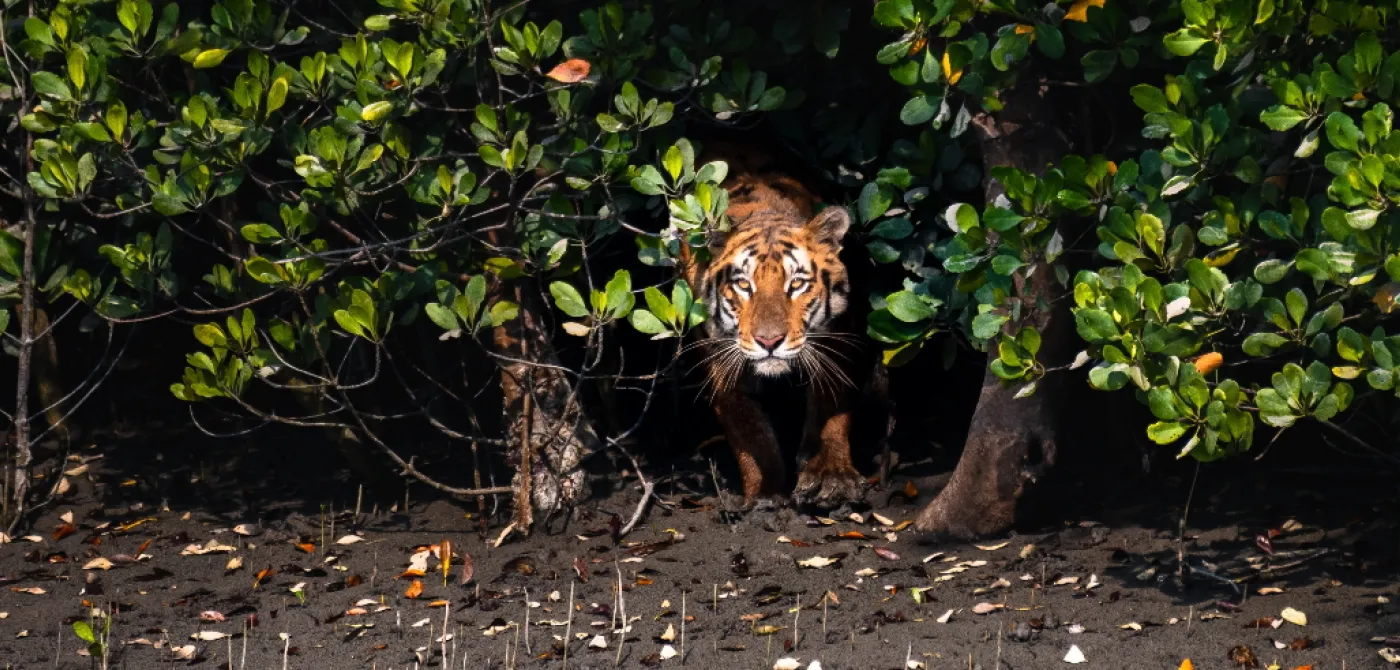
3. Mangrove Species and Adaptations
Mangroves are remarkable for their ability to thrive in challenging environments. These trees and shrubs have evolved a variety of adaptations to survive in saltwater, waterlogged soils, and extreme tidal conditions.
1. Salt Tolerance
Mangrove species have developed several mechanisms to cope with high levels of salt in their environment. Some species, such as Avicennia (black mangrove), use salt glands in their leaves to excrete excess salt, allowing them to thrive in saline conditions. Others, such as Rhizophora (red mangrove), have evolved filtration mechanisms in their roots that prevent salt from entering the plant.
2. Aerial Roots and Pneumatophores
One of the most distinctive features of mangroves is their aerial root systems, which allow them to obtain oxygen in waterlogged soils. Species like the red mangrove have prop roots that extend above the water’s surface, helping to stabilize the tree and access oxygen. Other species, such as the black mangrove, have pneumatophores—vertical roots that stick out of the ground like snorkels to absorb oxygen directly from the air.

3. Viviparous Reproduction
Mangroves have a unique reproductive strategy known as vivipary, in which the seeds germinate while still attached to the parent tree. This adaptation allows the young seedling, or propagule, to develop into a miniature tree before falling into the water. The propagule can float for long distances, eventually taking root in a suitable location.
4. Threats to Mangrove Forests
Despite their ecological importance, mangrove forests are facing numerous threats, many of which are driven by human activities. Over the past few decades, mangrove coverage has declined significantly, leading to the loss of biodiversity, coastal protection, and carbon sequestration potential. We can review additional information about mangrove Forest Ecology.
1. Deforestation and Land Conversion
One of the primary threats to mangrove forests is deforestation. Mangroves are often cleared for agriculture, aquaculture (especially shrimp farming), and coastal development. This destruction not only leads to the loss of critical habitats but also increases the vulnerability of coastal areas to erosion, storm surges, and flooding. Let’s explore this topic further mangrove Forest Ecology.
In many parts of Southeast Asia, for example, vast areas of mangroves have been cleared to make way for shrimp ponds. While shrimp farming is economically profitable, it comes at a high ecological cost, as the destruction of mangroves disrupts the natural balance of coastal ecosystems and leads to the degradation of water quality.
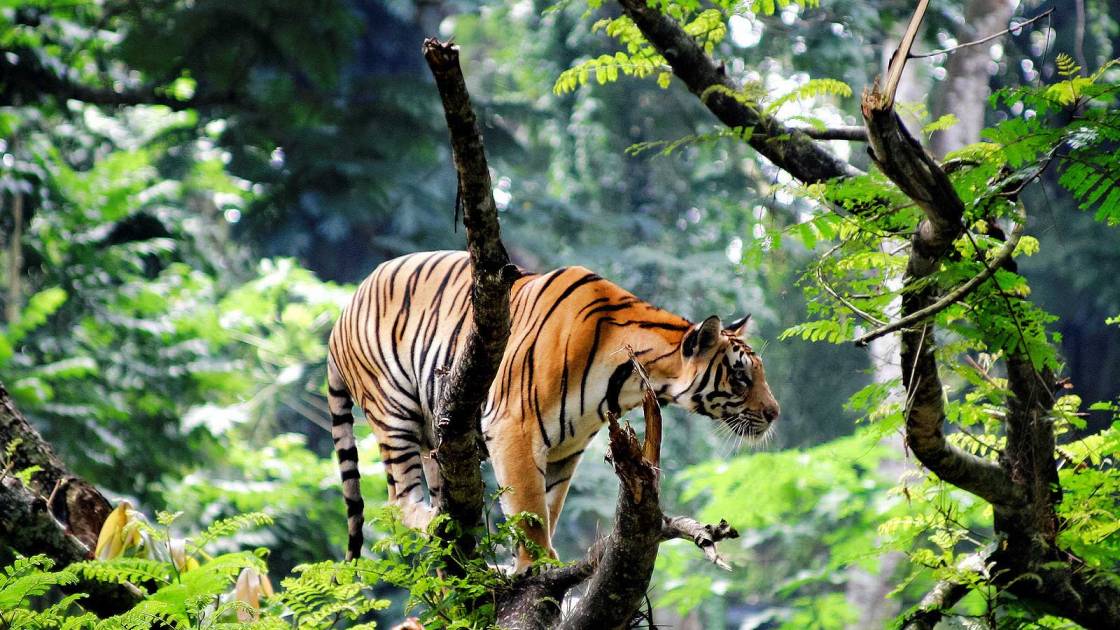
2. Climate Change and Rising Sea Levels
Climate change poses a significant threat to mangrove forests, particularly through rising sea levels. As sea levels rise, mangroves are at risk of being submerged, especially in areas where there is no room for the forests to migrate inland. Higher sea levels can also increase the salinity of coastal waters, making it difficult for some mangrove species to survive.
Mangroves are also vulnerable to extreme weather events, such as hurricanes and cyclones, which are becoming more frequent and severe due to climate change. These storms can cause significant damage to mangrove forests, uprooting trees and altering the landscape.
3. Pollution
Pollution is another major threat to mangrove ecosystems. Oil spills, agricultural runoff, and plastic waste can all have devastating effects on mangrove forests. Oil spills, in particular, can suffocate the trees by coating their roots and leaves, preventing them from absorbing oxygen. Similarly, excess nutrients from agricultural runoff can lead to harmful algal blooms that disrupt the balance of the ecosystem. We can explore further details regarding Ecotourism Initiatives in Sundarbans.
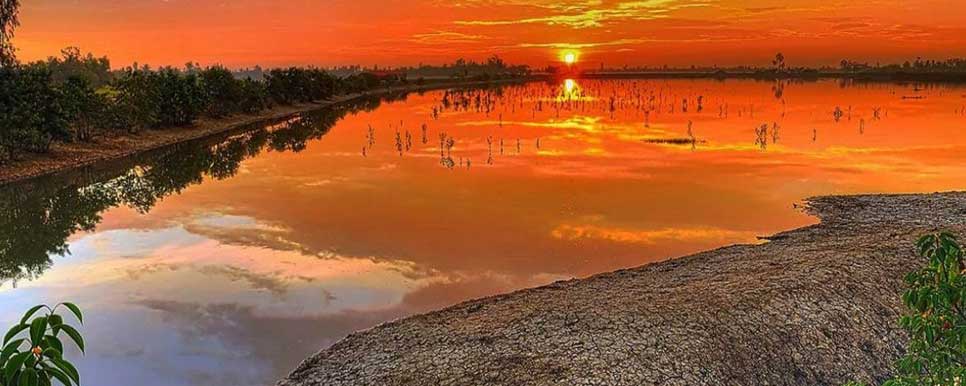
5. Conservation Efforts and Restoration Projects
Recognizing the importance of mangrove forests, governments, NGOs, and local communities have launched various conservation and restoration efforts aimed at protecting and restoring these ecosystems.
1. Mangrove Reforestation
Mangrove reforestation projects involve planting new mangrove seedlings in areas where forests have been destroyed. These projects often engage local communities, who play a key role in the planting and maintenance of the mangroves. Reforestation efforts have been successful in regions like the Philippines, India, and Bangladesh, where large-scale planting initiatives have helped restore degraded coastal areas. We can explore further details regarding mangrove Forest Ecology
2. Marine Protected Areas
Many countries have established marine protected areas (MPAs) that include mangrove forests. These protected areas limit human activities, such as fishing and development, to safeguard the ecosystems and allow them to recover from past damage. MPAs are effective in preserving biodiversity and promoting the health of mangrove forests. Let’s dive deeper into mangrove Forest Ecology.

3. Community-Based Conservation
Involving local communities in conservation efforts is critical to the long-term success of mangrove restoration. Many conservation projects focus on providing alternative livelihoods, such as eco-tourism, to reduce the pressure on mangrove resources. By working with local populations, conservationists can ensure that the benefits of mangrove conservation are shared by the communities that depend on them. Also, you can Book the Sundarban Tour At Maity Tourism and Sundarban Leisure Tourism Powered By Argusdna, We can continue our discussion on mangrove Forest Ecology.
Conclusion: Mangrove Forest Ecology
Mangrove forests are invaluable ecosystems that provide a wide range of ecological, economic, and social benefits. However, they are also among the most threatened ecosystems on the planet. Protecting and restoring these forests is essential not only for the health of coastal environments but also for the well-being of human communities that rely on them. We can examine more aspects of mangrove Forest Ecology.
Through a combination of reforestation, conservation, and community engagement, there is hope that mangrove forests can be preserved for future generations. By recognizing the critical role that these ecosystems play in coastal protection, climate regulation, and biodiversity conservation, we can take meaningful steps to ensure their survival in the face of growing threats. Let’s expand our conversation about mangrove Forest Ecology
